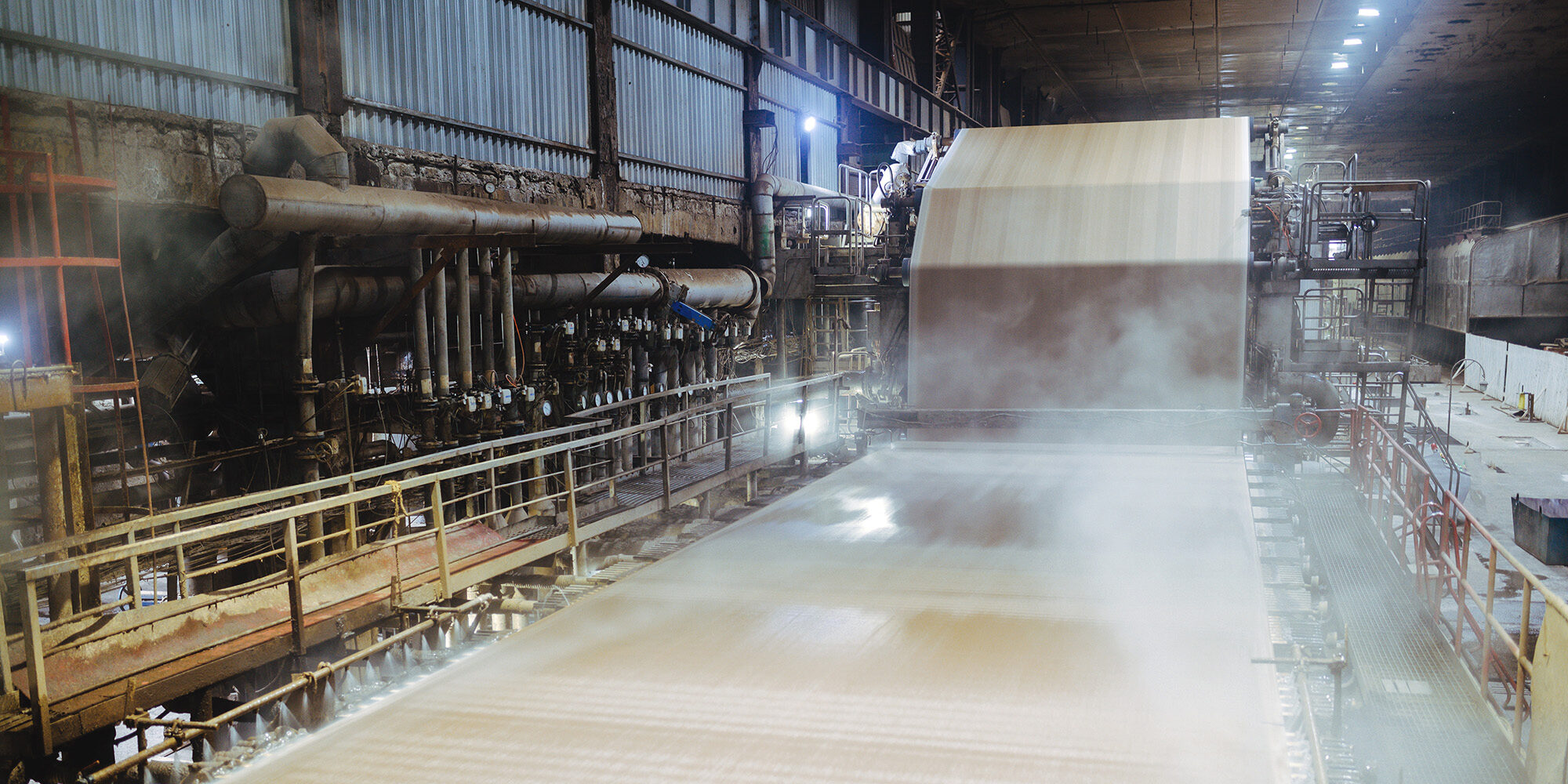Paper machine defoamer can affect all your systems. Get it right and everything will work better.

Many mills view their defoamer program with a kind of “set it and forget it” mindset. They may have picked a product long ago, set it up to dose in a certain location and trusted operators to keep an eye on foam levels. But each mill and operator is unique, and things change constantly: from your stock quality and equipment performance to the different grades you’re pursuing and everything that makes up your chemical matrix.
What’s more, many mills are constantly running above capacity, adding pressure to existing standard operating procedures—and often creating new problems in the process. And there may not be excess capital to throw at mechanical solutions. So as mills experience resultant performance drift, they’re forced to experiment with quick fixes. They might slow processes down, add drainage or strength aids, or overfeed defoamer. But these are temporary fixes—which means the problems are likely to recur.
Reducing variations
Because the papermaking process is an ecosystem of chemicals, technologies and human interventions, variations that lead to excess foam are inevitable. The negative impacts of excess foam include carrying out valuable fiber, degrading your paper quality and effluent, and exposing your team to potential safety hazards.
With so many suspects, your team must cycle through time-consuming trial-and-error experiments, hoping to find the right fix. “Does this piece of equipment need maintenance? Do we increase defoamer dosing here?” The list goes on. Some mills have connected monitoring equipment to their DCS or tasked engineers with problem-solving. But these efforts are often too manual, inaccurate or infrequent to create clarity around what’s causing instability.
This process negatively impacts time, manpower and total cost of operations. And if you can’t get ahead of variability today, you won’t be able to evolve your process to meet tomorrow’s demands. When the variability you’re forced to live with finds its way into your end-product, you risk customer complaints, quality issues and damage to your brand.
Buckman has a solution for your excess-foam problem
When you partner with Buckman, you will be able to proactively adjust your defoamer application for continuous improvement over time. Working with Buckman experts to regularly evaluate drift in your program, you’ll use a combination of preventative maintenance, chemistry adjustments and application best practices, enabling you to keep your process humming along established centerlines.
And because your operators will be trained on how to identify air-related issues—both surface foam and entrained air—they’ll be able to change dosing points to eliminate foam in critical areas. This means you’ll be able to improve your process from both efficiency and environmental perspectives, reducing fiber loss, limiting deposits and stabilizing effluent. And most importantly, with less foam and a higher standard of housekeeping, you’ll improve safety for your entire team.
Entrained air simulations allow for precise solutions
Of all the variables in your process, entrained air is the one that often masks many other issues. But because typical sampling methods are disruptive, infrequent and inaccurate, air’s negative influence often remains hidden. When you work with Buckman, we take an in-depth look at your system and processes to determine the source of the entrained air.
Buckman’s proprietary Ackumen™ ECHOWISE® Pro technology uses sonar to determine the exact amount of entrained air in your system. In our labs we use foam generating simulation equipment that is fitted with an ECHOWISE unit. Using the data we collect from our visit to your mill, we can simulate the process conditions in our lab testing that will determine the degree of foam and entrained air present in your system. We can then recommend the appropriate product and dosing amounts to resolve the problem.
Using hidden correlations to predict system upsets
With Buckman’s deep industry experience and cutting-edge technology, you can uncover previously hidden correlations and use them to predict (and respond to) system upsets. With deep knowledge of your unique operating conditions, Buckman entrained air experts employ a scientific approach to document the impacts individual variables—such as hard cooks, Kappa changes, chemical and air levels—have on your outcomes.
With these insights in hand, you can select a product that will deliver the exact performance you need—and you can keep it there by continuous maintenance. As you optimize your defoamer program with the right product, you’ll reduce overfeeding, eliminate wasted chemicals and spend, meet your regulatory and environmental requirements, and achieve your sustainability goals.
Industry expertise + advanced chemistry = optimal performance
Buckman is constantly developing the next generation of high-performance defoamers with attributes like higher concentrations, biodegradable components and formulations optimized for regional conditions (e.g., furnish and water types, local regulations, etc.). So, as you adjust your process to support specific quality or production goals—maybe running equipment faster or targeting improved sizing and strength—you’ll be able to reduce both surface foam and entrained air to improve runnability and efficiency. This means you’ll get more out of existing equipment and chemical applications, while avoiding the unintended side effects that can lead to cycles of overfeeding and waste.
Learn more about Buckman’s defoamer solutions on our website
Webpage | Infographic | E-book 1 | E-book 2 | E-book 3